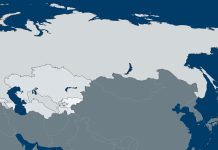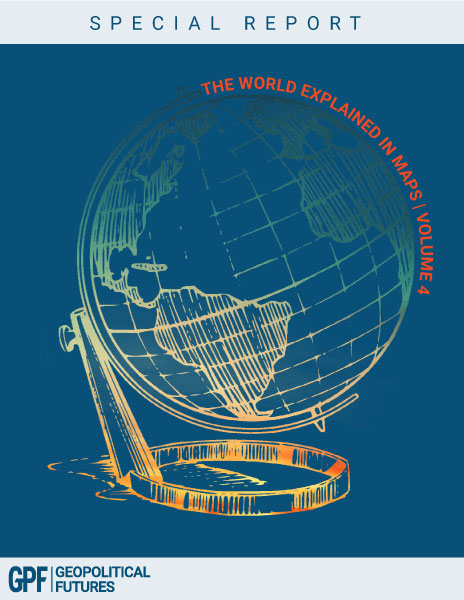Moscow’s announcement of a dramatic increase in the size of the Russian army by 180,000 new recruits appears to threaten a major increase in Russian combat capability against the Ukrainian army and at least reverse the gains Kyiv made in the past few months. On the surface, a force of 1.5 million active servicemen should be able to force the Ukrainians into a major retreat. However, the situation isn’t that simple.
The new troops will need to be trained, a process that for Russian recruits typically takes up to 12 months according to some reports. This is not excessive, but with the program starting in December, it means the majority of these troops will not be combat-ready until the end of 2025. Assuming such an effort does not outstrip the training capability of the Russian army, the new troops will also need to be fitted with equipment, from communications gear to explosives, that is often scarce. Additionally, the recruits will be drawn from the civilian labor force, undoubtedly dealing a further blow to the economy and morale. The fact that the Russians have been fighting intensely in Ukraine for more than two and a half years and still need massive recruitment drives will generate unease in all segments of society. This forced levy could therefore create a crisis of confidence even as an actual increase in the force is perhaps a year away.
Obviously, the Russians understand the potential damage to civilian and military morale. They know also that any payoff will not manifest anytime soon. This raises the question of why the Russians chose to announce a step that could create domestic tension.
Moscow’s willingness to endure potential domestic problems likely is based on the hope that the force increase will intimidate Russia’s foreign enemies. The U.S. has sought a peace agreement that would entail forcing Ukraine to make some territorial concessions to Russia. NATO would likely go along with such an arrangement. The Ukrainians, however, are extremely wary that Russia would be satisfied for long with such a trade. And given Russia’s casualties and the evolution of the war, the Ukrainians see a reasonable chance of continuing to block Russian advances. Staying the course is an attractive choice for Ukraine as long as the U.S. does the same, which seems likely.
Given this, the Russians need to change their strategy, which is built on a long-term plan to wear down their enemies. Russia needs to do something that would force a settlement on its terms but not trigger an excessive U.S. response. A massive increase in the size of Russia’s force could be an option if it convinces Russia’s enemies to capitulate in whole or in part. Otherwise, a larger fighting force might compel a retreat by the Ukrainians. At the very least, it would demonstrate that Russia is prepared to commit enormous numbers of troops to force the other side to accept its conditions.
The public announcement of an increase in the size of the armed forces might cause unease in Russia and might not be felt on the battlefield for another year. But the possibility of it forcing Ukraine to make concessions is likely worth Russians’ temporary concern. It also indicates a longer war, which would be worth the price for Russia if it creates more unease in Ukraine. War is in part psychological, and Russia’s announcement alone may put more pressure on Ukraine to settle the war than would a quiet recruitment drive and the gradual appearance of these troops on the battlefield.






